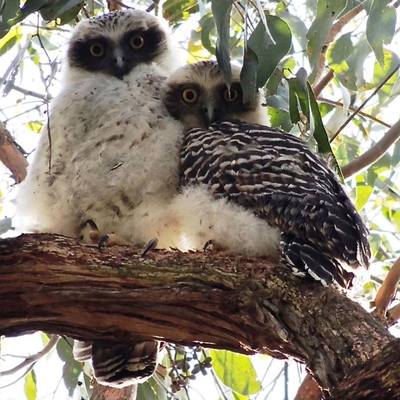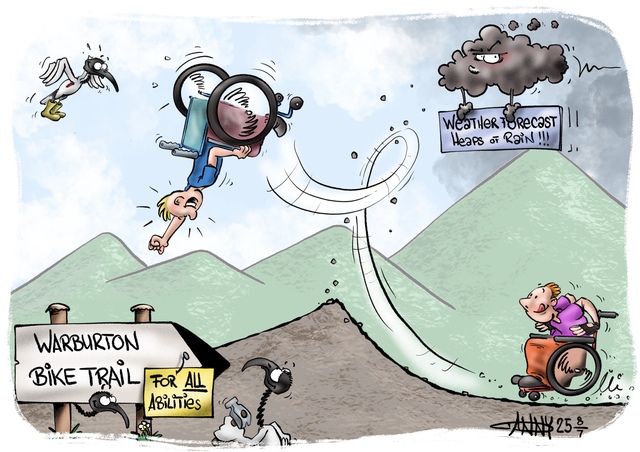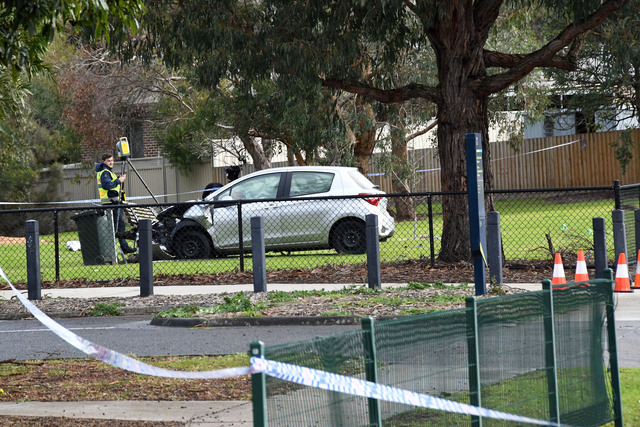By Peter Douglas
Local Powerful Owl watchers are crossing their fingers and hoping for two little miracles in the coming months.
A pair of well-watched owls, which reside near the Mount Evelyn Recreation Reserve, are entering a crucial time in their breeding season – all the more important after the pair abandoned their young over the past two years.
Resident watcher Clare Worsnop has been observing the owls for the past 32 years.
She believes some kind of human interference has led to the owls abandoning their young in their hollow.
This has meant an empty nest for the pair this year, with local watchers hopeful they will help increase the population in the region.
The Powerful Owl is listed as endangered, with only three known populations existing in Mount Evelyn.
Ms Worsnop said it was an important time of year.
“You can tell it’s mating season because ‘Mr Owl’ changes his hoot, while ‘Mrs Owl’s’ hoot remains much the same,” she said.
“If the conditions are right, they usually find a suitable hollow together, with eggs laid about June, before they hatch about July.”
Ms Worsnop said there were no guarantees for the offspring, though.
“There are two eggs, though it’s unusual for both to survive beyond the first 12 months,” she said.
“It’s usually one owl who goes on to find a territory and survive.”
Ms Worsnop says once the young owls lose their ‘baby trill’, their parents shoo them out of the nest and they are forced to find their own territory.
This is because the male owl does not want another rival in their territory.
Coming into autumn, it will be a busy time for ‘Mr Owl’, who will do all the hunting while the female watches over the eggs.
The Powerful Owl is listed as endangered, with disappearing landscape in urban environments widely thought to be the cause.
The species is mainly found in south-eastern Australia and, as a skilful predator, is an important part of the ecosystems in which they inhabit.
Ms Worsnop said it was fine to observe the Powerful Owls in their natural habitat, but encouraged minimal human interference.







